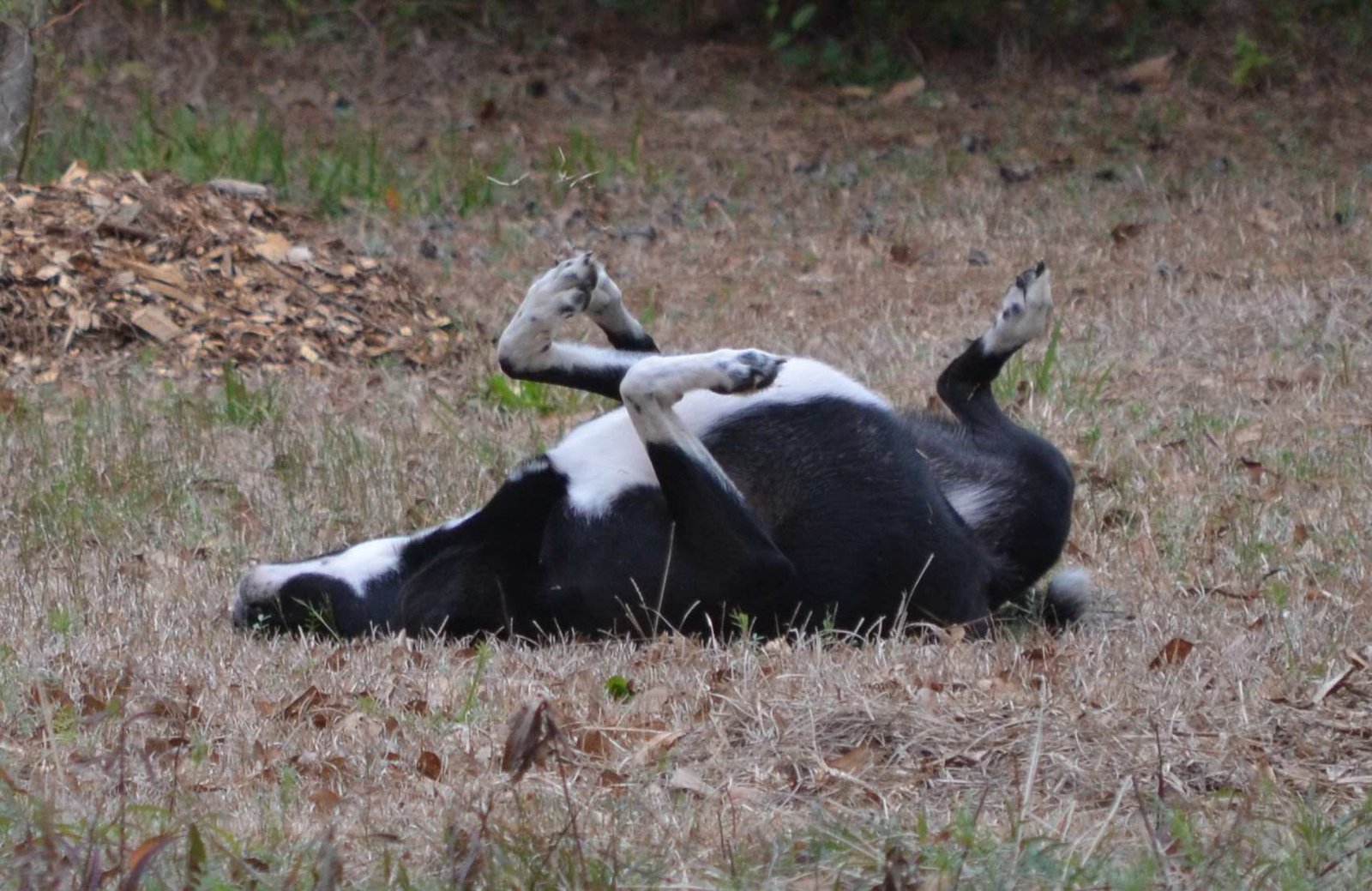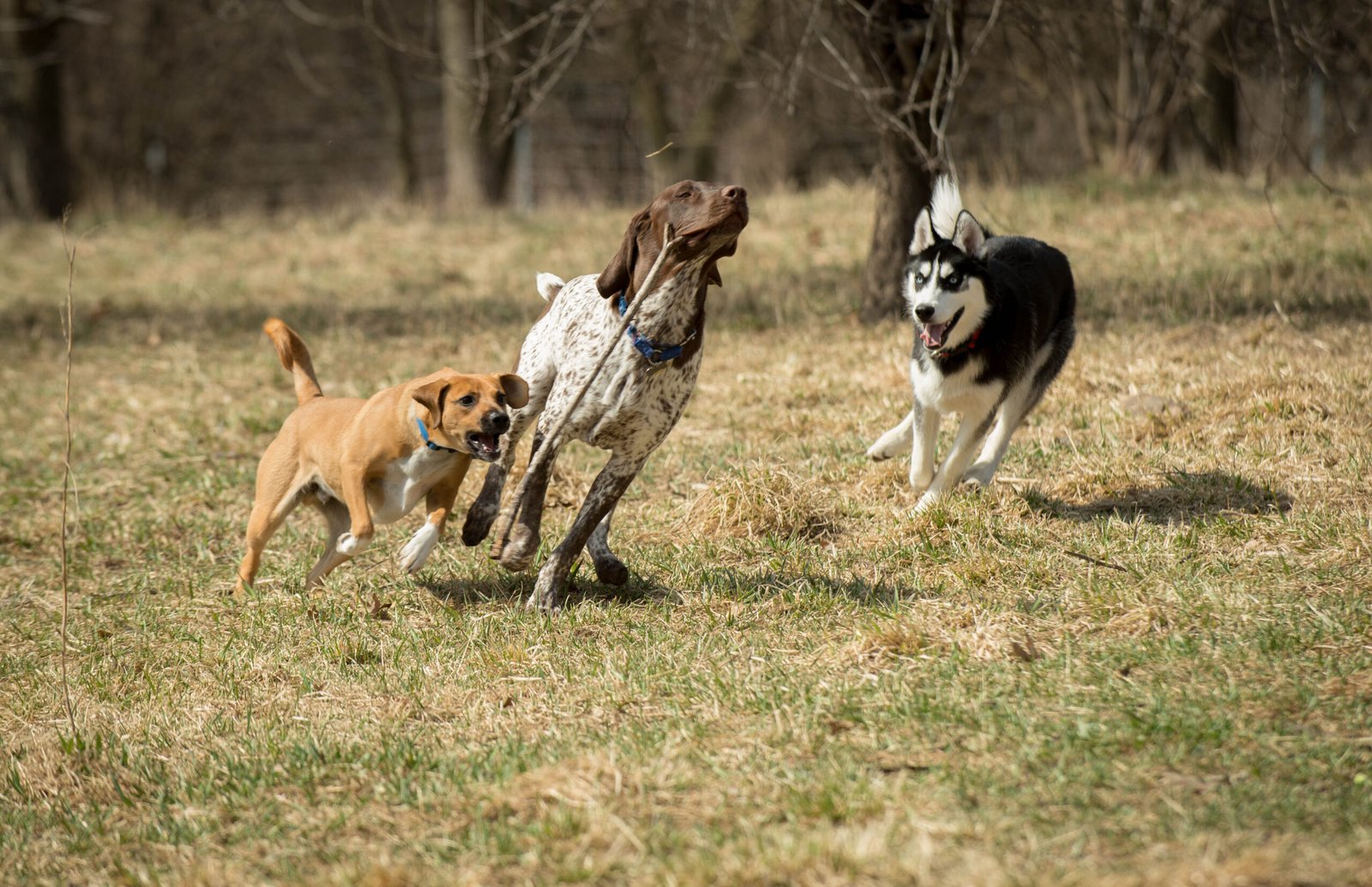Dogs have been our faithful companions for thousands of years, and during this time, they’ve developed certain natural habits that are crucial to their well-being and happiness. As dog lovers, it’s essential to understand these innate behaviors and allow them to thrive. Sometimes, in our quest to mold our furry friends into well-behaved pets, we might inadvertently suppress these natural tendencies. This article sheds light on 15 natural dog habits that should be embraced, not discouraged.
Sniffing Around
Dogs have instincts and behaviors that may seem strange or even inconvenient to humans, but many of these natural habits serve important purposes. From sniffing everything in sight to digging in the yard, these behaviors help dogs communicate, explore their world, and stay mentally and physically healthy. While some habits may need guidance or redirection, they should never be completely discouraged. Understanding why dogs do what they do can strengthen your bond and improve their overall well-being.
Dogs are naturally inquisitive creatures, and sniffing is their primary way of exploring the world. Their noses are incredibly sensitive, allowing them to gather vast amounts of information from their environment. When a dog sniffs, it’s akin to a human reading a book or browsing the internet. Discouraging this behavior can stifle their curiosity and limit their understanding of the world. Instead of pulling them away, allow them time to take in the scents around them. It’s their way of staying informed and connected to their surroundings.
Barking

Barking is a dog’s primary form of communication. While excessive barking can be a nuisance, it’s essential to understand why a dog is vocalizing. They might be alerting you to danger, expressing excitement, or simply trying to get your attention. Rather than discouraging barking altogether, try to identify the root cause. Once you understand the reason, you can address it more effectively, ensuring your dog’s needs are met while maintaining peace in your household.
Chewing

Chewing is an instinctive behavior for dogs, especially puppies. It helps alleviate teething pain and keeps their jaws strong and teeth clean. While it might be frustrating to find your favorite shoes in tatters, it’s crucial to provide appropriate chew toys. This way, your dog can satisfy their natural urge without causing destruction. Remember, chewing is not just a habit but a need for dogs, and providing them with the right outlets will keep both you and your pet happy.
Digging
Digging is another natural behavior that dogs have inherited from their ancestors. In the wild, digging serves various purposes, from creating a cool spot to rest to burying food for later. While your backyard might not resemble the wild, this instinct remains. Instead of scolding your dog for digging, consider providing them with a designated digging area. This compromise allows them to engage in their natural behavior without wreaking havoc on your garden.
Howling
Howling is a throwback to a dog’s wolf ancestors. It’s a way of communicating over long distances or expressing emotions. While it might seem unnecessary in a modern setting, howling can be a sign of loneliness, boredom, or even joy. Understanding the context of your dog’s howl can help you address any underlying issues. Embracing this behavior can deepen your bond, as you’re acknowledging their need to express themselves.
Chasing

The instinct to chase is deeply embedded in a dog’s DNA. It’s a natural predatory response that drives them to pursue moving objects. Whether it’s a car, a squirrel, or a ball, chasing is exhilarating for dogs. While it can be dangerous if not controlled, it’s essential to provide your dog with safe outlets to satisfy this urge. Engage them in games like fetch, where they can chase to their heart’s content without any risk.
Rolling in Smelly Things

As peculiar as it sounds, dogs have a natural tendency to roll in things that smell. This behavior is believed to be an ancestral trait where dogs would mask their scent to hunt prey more effectively. While it might be unpleasant for us, it’s a form of self-expression for them. Instead of scolding, ensure regular baths and perhaps divert their attention with other engaging activities after a good roll.
Guarding
Dogs are naturally protective, and guarding is an instinctive behavior. Whether it’s their food, toys, or even you, they might feel the need to defend what they consider valuable. While aggressive guarding should be managed, it’s important to recognize the protective nature of your dog. With proper training, you can ensure they guard responsibly while also understanding when it’s inappropriate.
Playing Rough

Rough play is an essential part of a dog’s social development. It’s how they learn boundaries, develop strength, and build confidence. While it might look aggressive, it’s usually harmless and a natural way for dogs to interact. Encouraging structured play with other dogs or humans can help them burn off energy and maintain their social skills.
Sleeping a Lot
Dogs sleep more than humans, and it’s perfectly normal. Their sleep patterns differ, often involving several short naps throughout the day. This behavior ensures they have enough energy for their active periods. Allow your dog to rest when they need it, as it’s crucial for their physical and mental health. A well-rested dog is a happy dog.
Circling Before Lying Down
Many dogs have the habit of circling before they lie down. This behavior is believed to be a remnant from their ancestors, who would circle to flatten grass and check for predators. While it might seem unnecessary in a modern home, it’s a comforting ritual for them. Allow your dog to engage in this behavior, as it’s part of their natural settling process.
Greeting with Enthusiasm
The joy of a dog greeting you with wagging tails and boundless energy is unmatched. This enthusiastic behavior is their way of expressing affection and excitement. While it might be overwhelming at times, especially with larger dogs, it’s important to appreciate their emotions. With gentle training, you can channel this enthusiasm into more manageable greetings without dampening their spirit.
Nesting
Just like circling, nesting is an instinctive behavior where dogs create a cozy space for themselves. They might dig into blankets or rearrange cushions to achieve this. It’s a comforting ritual that provides them with a sense of security. Allow your dog to engage in nesting, as it helps them feel at home and relaxed in their environment.
Begging
While begging might be seen as undesirable, it’s a natural behavior for dogs. In the wild, they would use their charm to solicit food from humans. While it’s essential to set boundaries to prevent unhealthy eating habits, it’s also crucial to recognize this behavior as part of their nature. With consistent training, you can manage begging while ensuring your dog feels loved and included.
Following You Everywhere
Many dogs have the habit of following their owners around. This behavior stems from their pack mentality, where they would stay close to their leader. While it might feel like you have a shadow, it’s a sign of trust and loyalty. Embrace this behavior, as it reflects the strong bond you share with your furry friend.
In understanding and embracing these natural habits, we not only nurture our dogs’ instincts but also strengthen the bond we share with them. Recognizing and respecting their behaviors deepens our connection and ensures our companions lead fulfilling lives.

Andrew Alpin from India is the Brand Manager of Doggo digest. Andrew is an experienced content specialist and social media manager with a passion for writing. His forte includes health and wellness, Travel, Animals, and Nature. A nature nomad, Andrew is obsessed with mountains and loves high-altitude trekking. He has been on several Himalayan treks in India including the Everest Base Camp in Nepal.





